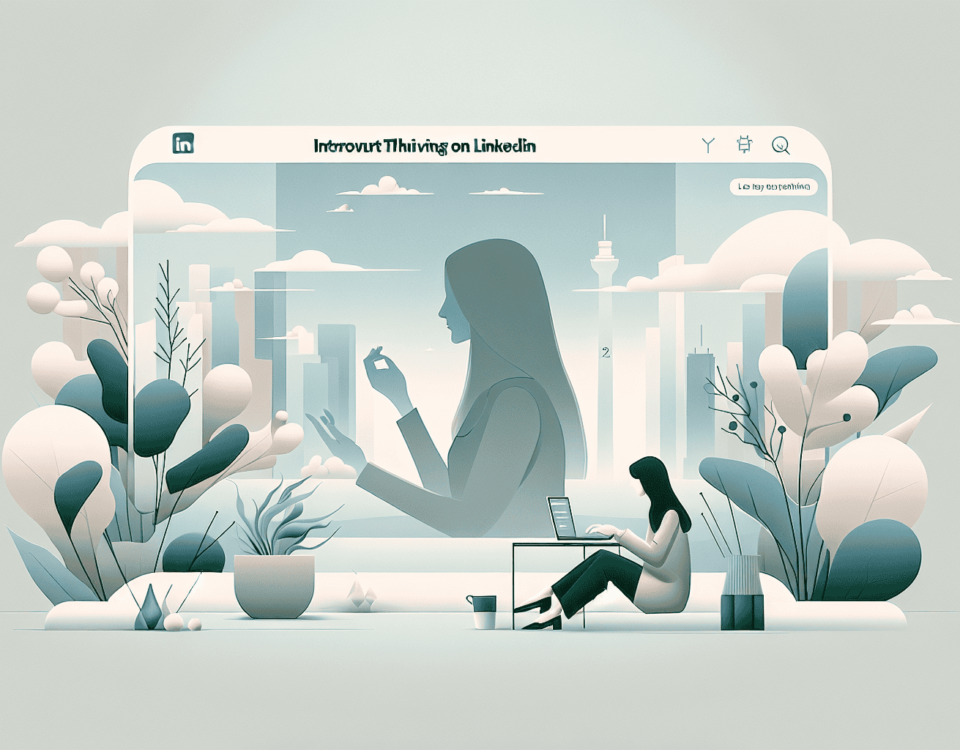The corporate landscape is dotted with the architecture of innovation, where the swing of the metaphorical hammer represents the tools and methodologies that businesses wield in their pursuit of the new and innovative. Yet, as we delve into the complexities of sparking true innovation, we encounter a paradox—the very tools designed to build the future can often anchor us to the past.
The Hammer and Nail Syndrome in Corporate Innovation
The hammer and nail syndrome describes a cognitive bias where individuals with a particular tool, or expertise, over-rely on it to solve different problems. This is a common occurrence within corporate innovation teams that gravitate towards familiar processes and tools. The downside is that these teams often find themselves constrained by the limitations of their preferred methods, potentially missing out on more effective or creative solutions.
Statistics show that businesses investing in a wider array of innovation techniques enjoy a 6.5% higher growth rate than those relying on a narrower toolbox. This suggests that diversity in thought and approach is not just beneficial—it’s a strategic imperative. The over-reliance on familiar methodologies not only stifles innovation but can also lead to myopic decision-making.
In a rapidly evolving market, the companies that thrive are those that continuously adapt and reinvent themselves. Corporate innovation teams must be alert to the signs of the hammer and nail syndrome: repetitive strategies, a decline in disruptive ideas, or a culture resistant to alternative voices.
Encouraging signs emerge when organizations actively diversify their toolsets, demonstrating a willingness to experiment with adjacent—and sometimes contrasting—innovative methods. This lateral approach challenges the status quo, fostering a culture that is resilient, adaptable, and poised for breakthrough discovery.
Beyond the Comfort Zone: The Art of Unlearning for Creative Breakthroughs
The art of unlearning is foundational to escaping the grasp of conventional tools and reaching creative breakthroughs. It’s an intellectual liberation, an emancipation from the known, and a journey towards the unknown. This process requires humility and courage, as it often means challenging deeply ingrained beliefs and operational systems that have been reliable in the past.
A study by Harvard Business Review reveals that organisations willing to unlearn outdated practices are 22% more likely to sustain innovation. The act of unlearning creates space for new knowledge to flourish, pushing teams beyond their comfort zone and into the realm of creative possibilities.
Unlearning is underscored by a “beginner’s mindset,” a persistent intellectual curiosity that opens the door to new methodologies, thought processes, and problem-solving tactics. Fostering such a mindset is critical; it allows professionals to question standard protocols and imagine different outcomes born from unconventional thinking.
Organizational leaders are tasked with cultivating environments where unlearning is celebrated as much as learning. Providing a safe space for experimentation and failure encourages a cultural shift from a single-tool fixation to a rich landscape of creative ideation and implementation.
A Toolbox of Diverse Thinking: The Key to Effective Innovation Strategies
Effective innovation strategies require a robust toolbox of diverse thinking, where multiple methodologies converge to create a comprehensive problem-solving framework. This diversity enables teams to match the appropriate tools with the distinct stages of the innovation process—from ideation and conceptual development to prototyping and market launch.
For example, cross-functional brainstorming sessions may benefit from design thinking methodologies, while the refinement stage of a product might call for the precision of Six Sigma principles. The strategic alignment of different tools can dramatically improve the quality and efficiency of the process, tailoring approaches to the unique demands of each project stage.
Embracing cognitive diversity means that team members bring different skills, backgrounds, and thinking styles to the table. Research by Deloitte indicates that inclusive teams are 6 times more likely to be innovative and agile, and twice as likely to meet or exceed financial targets. The broad spectrum of perspectives not only enriches the dialogue but also challenges echo chambers of similarity, sparking innovation at the crossroads of differing viewpoints.
Creating this toolbox of diverse thinking requires intentional effort. It calls for a strategic assessment of the innovation landscape, identification of key areas for development, and the integration of different methods and frameworks that align with the organization’s innovation objectives.
Tragedy in Mann Gulch: Lessons from the Smoke Jumpers
The tragic tale of the Smoke Jumpers in Mann Gulch serves as a harrowing reminder of the consequences of clinging to familiar tools and expertise in the face of unprecedented challenges. In August 1949, a highly skilled team of fire-fighters became entrapped by a wildfire that defied all their expectations and training. The failure to adapt swiftly and drop their heavy tools cost many of them their lives.
Wagner Dodge, the foreman, exhibited a remarkable display of desperate creativity by setting an escape fire, a counter-intuitive move that was intended to offer a refuge from the onslaught. Yet his team, bound by their training to flee to higher ground, failed to embrace this innovative escape strategy. The clinging to conventional wisdom in the face of a rapidly changing and perilous environment illustrates a fundamental flaw in human cognition: the difficulty in discarding what we know, even when it’s life-threatening.
The Smoke Jumpers’ experience is laden with lessons for corporate innovation. It underscores the necessity of being able to let go of established expertise when it becomes an impediment to survival and progression. It highlights the need for agility, adaptation, and—in extreme cases—radical departures from the conventional playbook.
The story serves as a metaphor for businesses, essentially calling them to action: to live out the ethos of the escape fire, to ignite a space free from the constraints of traditional tools, and to welcome the fertile ground of innovation that lies in the wake of unlearning and adaptive thinking.
The Innovation Shadow Board: Organizing for Creative Agility
The concept of the Innovation Shadow Board offers a methodology for organizing and systematically challenging the innovation toolset within organizations. Inspired by the physical shadow boards used to organize tools in a workshop, this conceptual framework applies the same principles to the myriad of innovation techniques available to a company.
Imagine a board articulated with silhouettes of diverse innovation tools—all neatly mapped out, each with its unique shape signifying purpose and utility. This visualization can anchor innovation efforts, allowing teams to reach for the right tool at the right time, much like a craftsman intuitively knows which wrench or hammer to grasp.
The Shadow Board acts as a metaphor for a deliberate, disciplined approach to innovation. It’s a visualization scheme that can guide teams to strategically evaluate their innovation assets and better understand when and how to deploy them for maximum effectiveness. But creating it is nuanced; it must be tailored to the specific needs and goals of the organization, considering the innovation journey, desired outcomes, and contextual challenges.
The utility of the Innovation Shadow Board reaches beyond mere organization—it fosters a culture of creative agility. It facilitates a more dynamic response to evolving challenges, ensuring that the approach to innovation is as fluid and innovative as the outcomes it seeks to produce.
Cultivating a Festive Mindset: Training for a Multitude of Innovation Methods
The festive mindset in innovation is about celebration, diversity, and the embrace of multiple methods that foster creativity and breakthrough solutions. Cultivating a festive mindset means equipping innovation leads with the skills and knowledge to navigate an extensive repertoire of methodologies, each with its unique contributions to the innovation process.
To engender this broad-based competency, companies need to provide systematic training that encompasses a spectrum of innovation frameworks. This encompasses design thinking, Systems Thinking, Scenario Planning, TRIZ, Biomimicry, and more. Each framework carries within it the DNA of creative problem solving, but when combined, they form a powerful ecosystem of strategies that can tackle virtually any innovation challenge.
Statistics showcase the impact of training in innovation methodologies. IBM’s 2010 Global CEO Study found that companies which excelled in executing under complexity reported 20% greater profitability than industry peers. This proficiency stems from their ability to fluently interchange between various innovation methods and apply them adeptly as the situation demands.
Training for a multitude of methods broadens the perceptual horizons of innovation teams. It instills a sense of play and experimentation, key components in the pursuit of novelty and utility. With a detailed curriculum and hands-on experimentation, teams can learn to appreciate the strengths and limitations of each approach, weaving them together into a cohesive and effective innovation narrative.
Escaping the Hammer Bias: Sparking True Innovation by Dropping Familiar Tools walks us through the very real challenges faced by organizations when it comes to innovation. With insights from Rachel Audigé, we’re reminded that the trusted methods of yesterday might not be the solutions of tomorrow. Through unlearning, embracing diverse thinking, learning from past tragedies, organizing for agility, and cultivating a festive mindset, we open the doors to breakthrough ideas that could very well define the future of industry and society.




